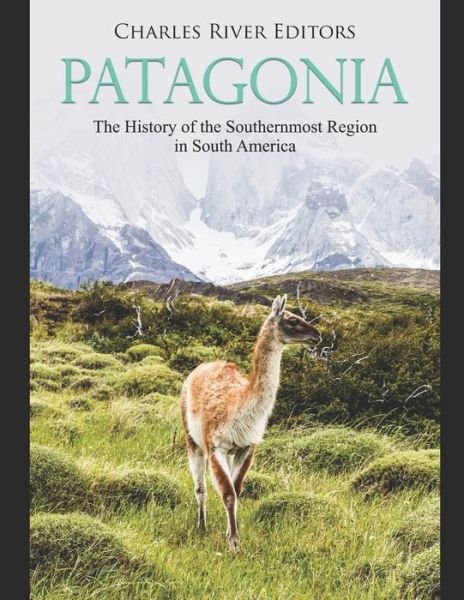
Tell your friends about this item:
Patagonia
Charles River Editors
Patagonia
Charles River Editors
*Includes pictures
*Includes excerpts of contemporary accounts
*Includes a bibliography for further reading
Patagonia is in the southernmost region of South America, comprising about 400,000 square miles going from the Colorado River in the north to the Tierra del Fuego archipelago in the south. Longitudinally, it covers the whole continental soil, going from the Atlantic shore to the Pacific's waters, including a few islands near the coast, part of the South American plate.
The name, "Patagonia" comes from an observation made by Ferdinand Magellan, who visited the region during his historic expedition around the world. Marveled by the height of the indigenous people, he referred to the region as a "land of giants." Those giants were the Tehuelches, named by Magellan's expedition as Patagones, and the chronicles of that trip, written by Antonio Pigafetta, popularized the term "Patagones," a term that refers to their big feet (in Spanish, "patones" means "of big feet"). This description would later derive in the name Patagonia.
From its discovery until the 20th century, the borders of Patagonia as well as those elements that define it as such have gone through several changes and names. The main thing for understanding its limits during the Spanish conquest is that Patagonia referred to the land south of the European area of influence. Back then, Patagonia was under control of indigenous inhabitants and, as such, outside European control or only partly influenced. It is no wonder, then, that the earliest limit was the Río de la Plata itself, where in 1536 (and again in 1580) the city of Buenos Aires was founded. Later on, the conquest of the territory, along with the work of cartographers from around the world, gave shape to the region. Today, the Patagonian region is politically separated between two countries, Argentina and Chile, as well as by the United Kingdom which controls the Falkland/Malvinas Islands' archipelago. There is also a division made between its two regions: the Cordillera and the steppe (or as it was historically called, "the desert"). The natural boundary between Chile and Argentina is the mountain range of Cordillera de Los Andes.
As a whole, Patagonia has a low population density of only 2.2 inhabitants per square kilometer, and only five percent of the Argentine population resides in Patagonia, with the giant province of Santa Cruz having only 1.4 inhabitants per square kilometer. Some places in Patagonia are among the lowest in population density in the world, such as the Falkland Islands, with a density as low as just 0.3 inhabitants per square kilometer. The Patagonian inhabitants are mostly of European origin, but there are still a large number of aborigines.
Topologically speaking, the Chilean region is extremely rugged, like no other place in the world. It is heavily compromised by the mountain range of the Andes, part of the American Cordillera which holds the highest volcanoes in the world. The volcanic activity of the Andes is still active today, with eruptions such as the Calbuco volcano (Los Lagos region) in 2015. South from the Corcovado Gulf, Chilean Patagonia is populated by so-called fjords, narrow sea entrances that navigate the high volcanic coasts. In this sense, the geography of Chilean Patagonia resembles the coasts of Norway or the British Columbia Coast in Canada. Vegetation also varies from west to east. On the Andean side, it is dense, while it is scarce on the side of the steppe, hence the "desert" nickname that the European conquerors and criollos had for it.
Patagonia: The History of the Southernmost Region in South America looks at the long and winding history of the area, from its people to its geology and wildlife. Along with pictures and a bibliography, you will learn about Patagonia like never before.
| Media | Books Paperback Book (Book with soft cover and glued back) |
| Released | April 12, 2020 |
| ISBN13 | 9798636402817 |
| Publishers | Independently Published |
| Pages | 72 |
| Dimensions | 216 × 280 × 4 mm · 190 g |
| Language | English |
More by Charles River Editors
Others have also bought
See all of Charles River Editors ( e.g. Paperback Book and Book )


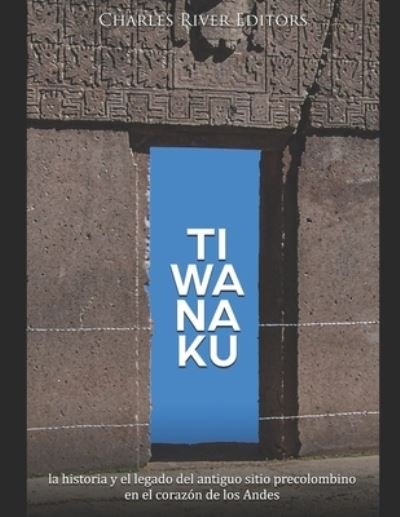
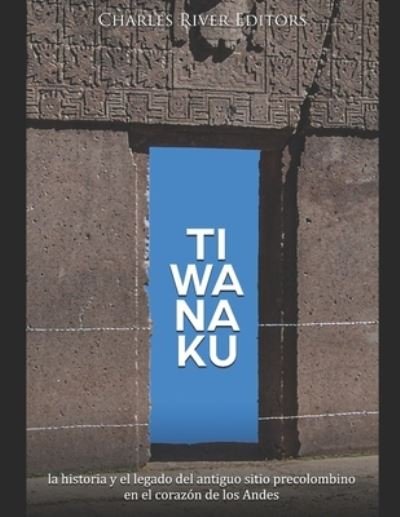
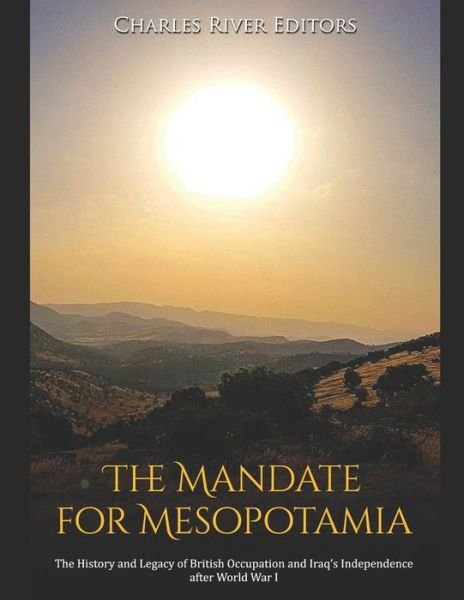
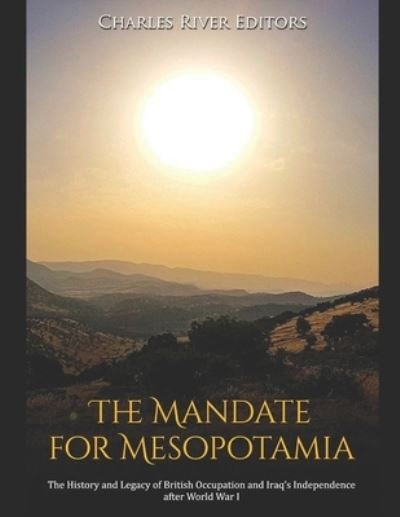
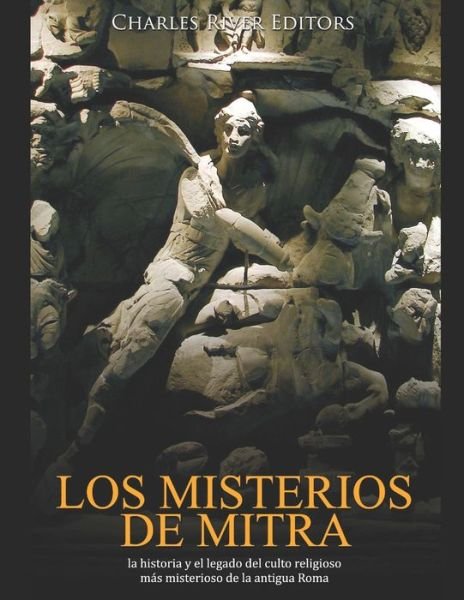
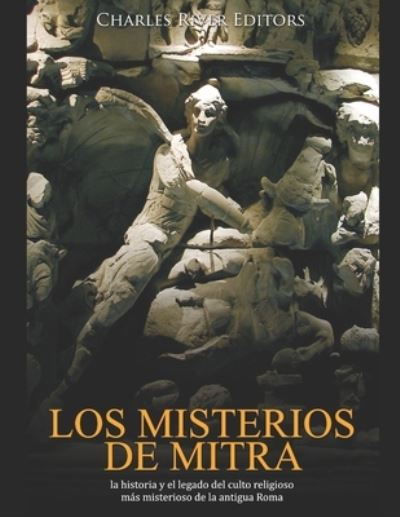












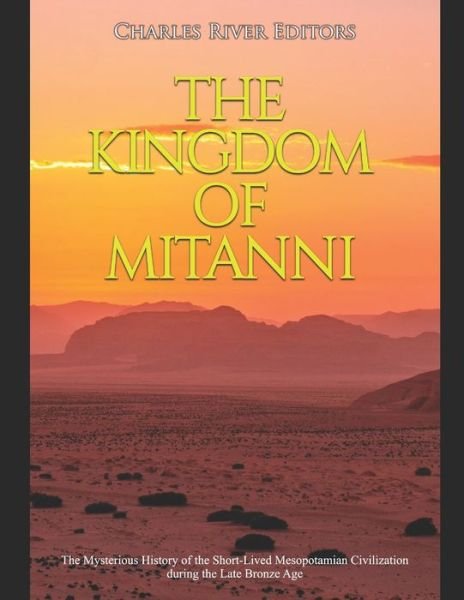
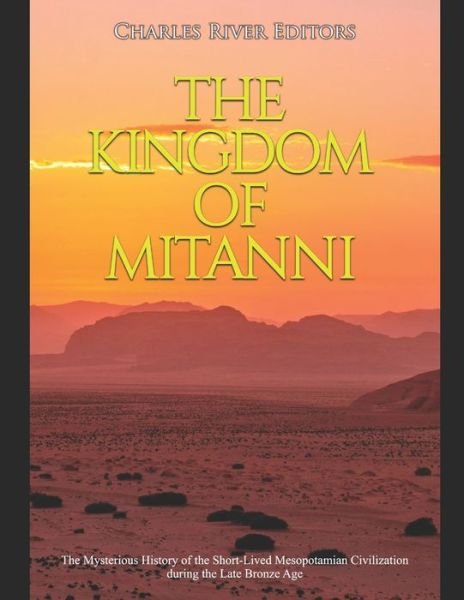




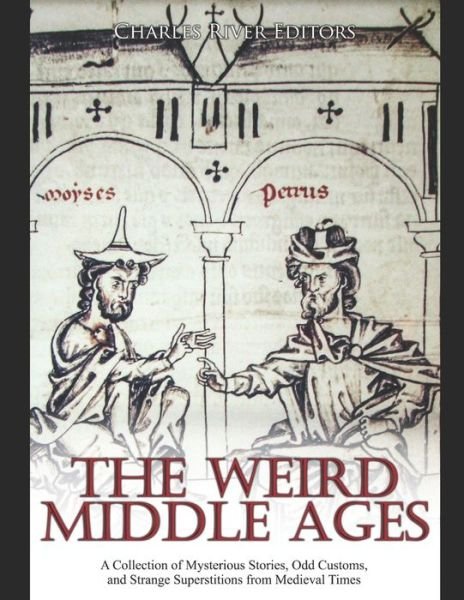
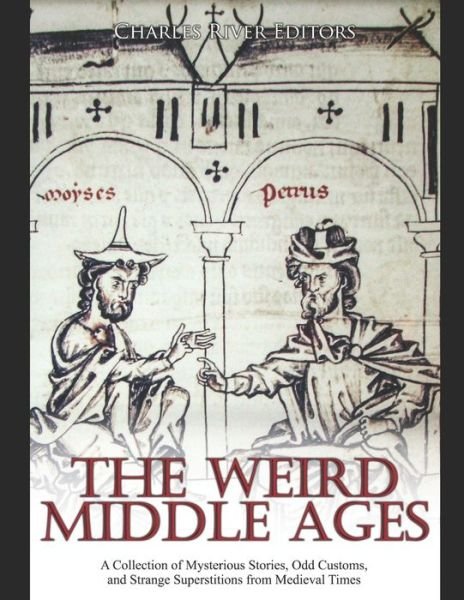
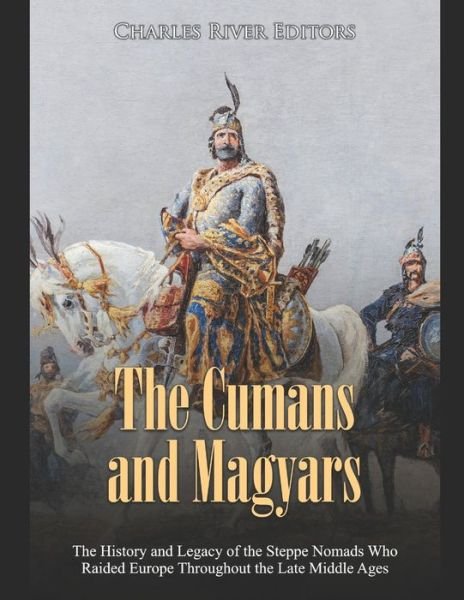
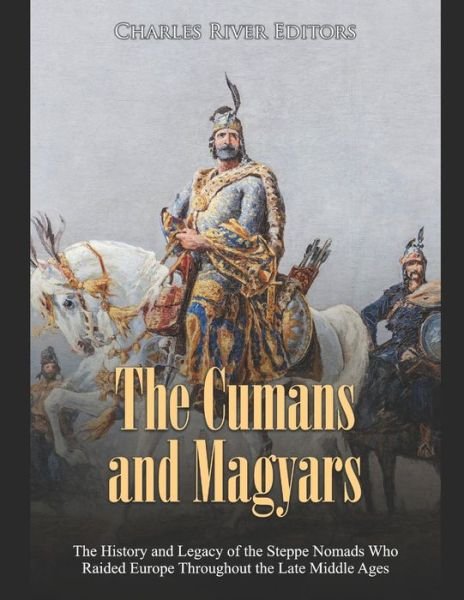

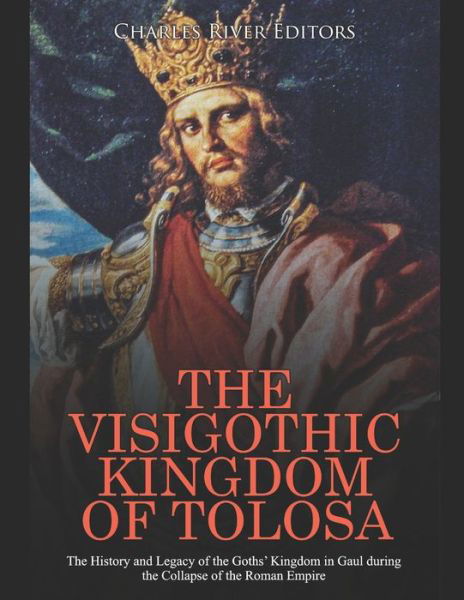

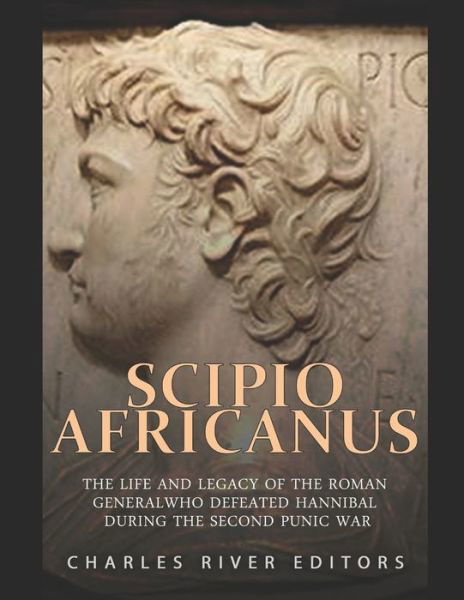
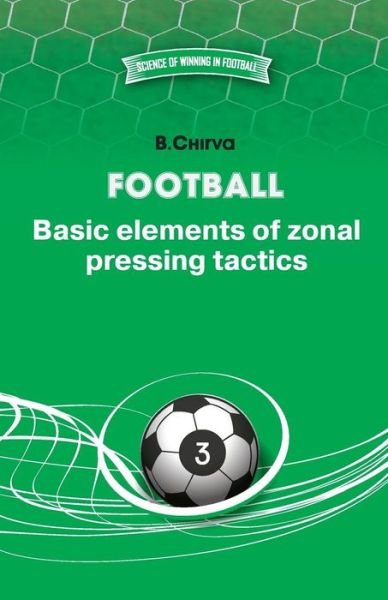

![Cover for Charles Dickens · Den hjemsøgte mand og åndens tilbud (Nyillustreret) (Bound Book) [1st edition] (2022)](https://imusic.b-cdn.net/images/item/original/123/9788772048123.jpg?charles-dickens-2022-den-hjemsoegte-mand-og-aandens-tilbud-nyillustreret-bound-book&class=scaled&v=1654049104)
![Cover for Dian Hanson · The New Erotic Photography - Bibliotheca Universalis (Hardcover Book) [Multilingual edition] (2017)](https://imusic.b-cdn.net/images/item/original/715/9783836526715.jpg?dian-hanson-2017-the-new-erotic-photography-bibliotheca-universalis-hardcover-book&class=scaled&v=1490369714)



![Cover for Lionsgate Entertainment · Dirty Dancing: A Celebration (Hardcover Book) [25 Anv edition] (2013)](https://imusic.b-cdn.net/images/item/original/123/9780789327123.jpg?lionsgate-entertainment-2013-dirty-dancing-a-celebration-hardcover-book&class=scaled&v=1410165516)

![Cover for Jesper Wung-Sung · To ryk og en aflevering (Sewn Spine Book) [3rd edition] (2009)](https://imusic.b-cdn.net/images/item/original/996/9788763811996.jpg?jesper-wung-sung-2009-to-ryk-og-en-aflevering-sewn-spine-book&class=scaled&v=1341784896)



![Cover for Jon Speelman · Modern Defence (Paperback Book) [1st edition] (2000)](https://imusic.b-cdn.net/images/item/original/816/9781857442816.jpg?jon-speelman-2000-modern-defence-paperback-book&class=scaled&v=1409611116)

![Cover for Claus Drengsted-Nielsen · Lille dansk grammatik (Sewn Spine Book) [1st edition] (2016)](https://imusic.b-cdn.net/images/item/original/692/9788702194692.jpg?claus-drengsted-nielsen-2016-lille-dansk-grammatik-sewn-spine-book&class=scaled&v=1499896829)
